Dragonhide
I find the use of Dragonhide to be horrid. I mean, why kill such a magnificent creature for its hide. Dragons do not breed very fast as they are a very long lived species. I am very glad it is rare for a dragon to be killed.
Properties
Material Characteristics
Dragonhide is covered in tiny two-toned scales. The scales usually consist of jewel and metallic hues. There are some rare versions of two metallic hues and some even rarer where the scales are two jewel tones. The hide is anywhere from 5mm to 19mm thick. It has an unique spicy scent, a cross between cinnamon and anise.
Physical & Chemical Properties
During the Unending War, humans discovered that dragonhide offered some protection from fire. It also provided protection from sword blows and arrows.
Origin & Source
Dragonhide is the hide of a dragon which has been removed from the creature after death. The older the dragon the larger and thicker the hide.
Life & Expiration
Because of its origin, dragonhide is exceptionally durable and lasts for centuries, once it is removed from the body and tanned. If it is left on the body it decomposes like any other piece of leather or skin.
History & Usage
History
During the Unending War, this form of leather was widely used by humans. After the war the creation of dragonhide leather became less common. For about two hundred years after the war, dragons were still hunted for their hides and meat. Because of this, the dragons became fewer in numbers and removed themselves from human territories. While the dragons were living away from humans, the only time new dragonhide leather could be crafted was when a human happened to find a dead dragon in the wild. The Druid order declared dragons to be endangered. After the outlawing of creation of new items from that leather, dragons began returning to their former territories.
Discovery
During the Unending War, humans harvested the dragons who had fallen in battle during the night. It was usually the women who did this job so that there would be food for their children. They believed in using every part of an animal they butchered, so they began tanning the hides in order to create shelters for themselves and their families. It was during this time they discovered the hides had fire resistance.
Once soldiers found out about this, they began raiding the tanning frames for the hides to craft armour and shields from.
Everyday use
With the discovery of its fire resistance, dragonhide became the most common material for armour. Other uses included shelters and roofing material. The tiny scales acted like shingles when the hide was used for roofing, and could deflect most of the fiery breath of a dragon when utilized on shields.
When used as roofing material, dragonhide is nailed or tied to the rafters underneath the scales. This results in a stiff, waterproof, top layer of scales. The leather is carefully prepared when it is used for roofs, such as one side is removed of a single line of scales and cut to half the thickness, while the other side is thinned to overlap, thus creating an interconnecting unit.
Refinement
Like all forms of leather, dragonhide must be tanned before it can be utilized effectively. If they are scraped to remove the scales, the scales themselves can be utilized in other products.
Due to the size of dragonhide and the smell of the process, it was tanned in designated tanning barns. The frames were integrated within the barn to hold four to five hides at a time. The women would work in groups to harvest, carry, and tan the hides.
Manufacturing & Products
Many products can be crafted from dragonhide. These include blade sheaths, oven mitts, gloves, smith aprons, roofing material, armour, shields, tents, and footwear.
Dragonhide has another quality which was discovered through an accident. When crafted into footwear and gloves, this leather holds heat in without letting the the cold penetrate. Gloves, oven mitts, aprons, shoes, and boots are crafted from descaled leather. However, the soles of the shoes and boots are sewn and glued to the uppers with the scaled side down. This creates a secure footing for winter conditions
Byproducts & Sideproducts
Scales from dragonhide can be utilized in everyday items such as files, dishes, silverware, jewelry, and fishing lures. When used on silverware and dishes they are placed for aesthetic appeal.
Distribution
Trade & Market
The demand for dragonhide has plummeted since the creation of new items was outlawed. Some darker characters still desire dragonhide in its raw form for the creation of dark magic items. This has led to black market dealers carrying and selling dragonhide.
Law & Regulation
The creation of new dragonhide articles is illegal in Thormalk, Herigmark, and Gaullium. The age of a dragonhide item can be determined through the use of a simple magnet. New dragonhide pulls the north pole of the magnet while older dragonhide pulls the south pole. For example, the longer the hide has been used the less it pulls the north pole. Brand new items will pull the north end of the magnet to the hide itself. At ten years the pull lessens and the magnet is no longer pulled to the hide, at two-hundred fifty years the magnet does not react, beyond five hundred years the south pole of the magnet is attracted. The other defining characteristic of the age of dragonhide is the quality of the scent of the hide. As the hide ages it becomes less cinnamon and more clove in scent. This differentiation takes about three hundred years to be noticeable.
Those caught in the creation of new dragonhide by regular citizens, usually find themselves hanging high from their own frames. If the authorities are informed, in Hergmark and Gaullium, they are sentenced to life in the mines. In Thormalk they are put to death in a public execution.
I am so glad to see this law come into effect. It has been close to one thousand years since the end of the Unending War. The creation of dragonhide has been outlawed. We dragons no longer have to worry about being hunted for our hides. That isn't going to prevent black market hunters, but they are less of a threat than militaries are.
Value
Due to it only being found on the black market, Dragonhide sells for ten gold a square foot. This is just the base price, double jewel tones, Great Wyrm, and magically enhanced can be as much as ten thousand gold a square foot.
Rarity
Though dragons are not all that rare, their tanned hides have become nearly impossible to get.
Odor
Dragonhide has a spicy scent, a cross between cinnamon and anise.
Color
The colour depends on the dragon it came from. Metallic/Jeweled or Jeweled/Metallic are the most common. The difference between these two is whether the metallic or jewel tone is the more prevalent.

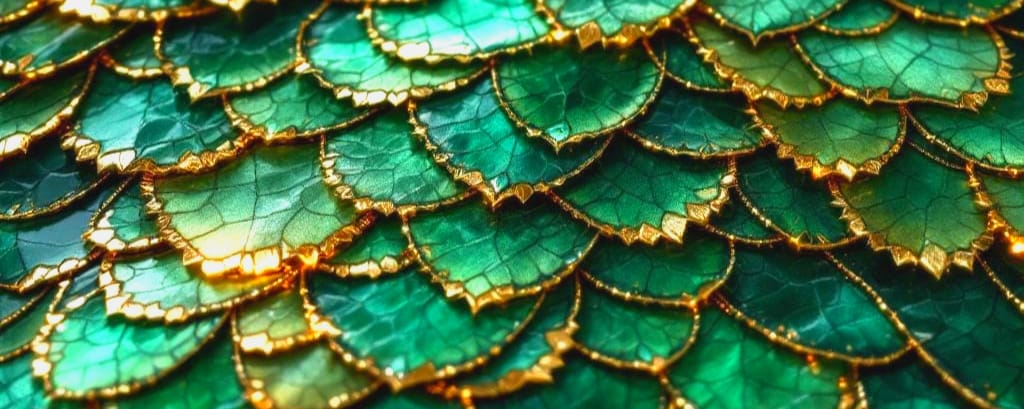
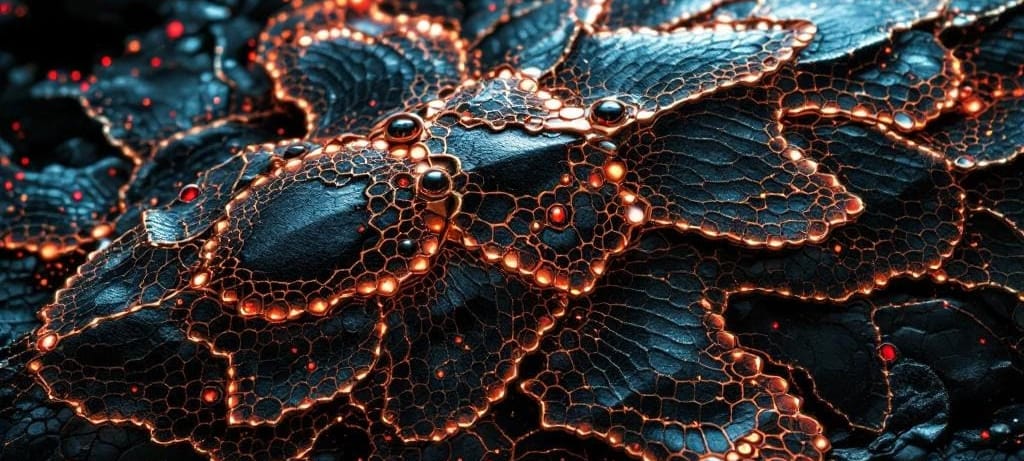
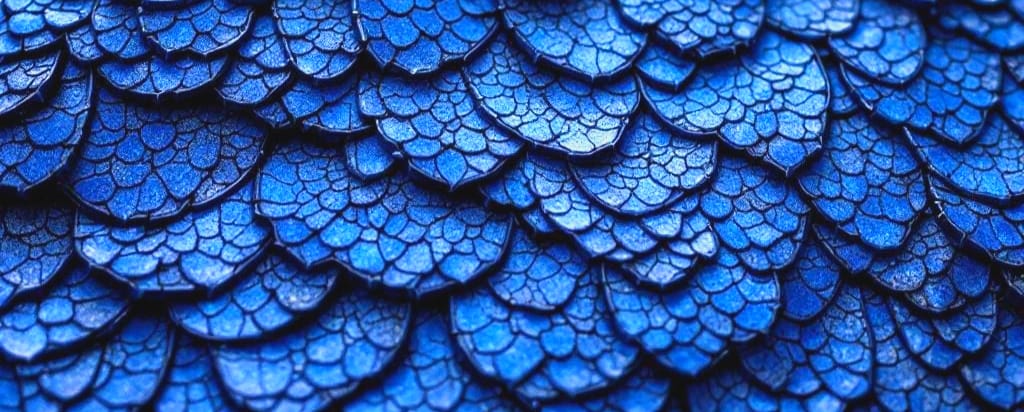
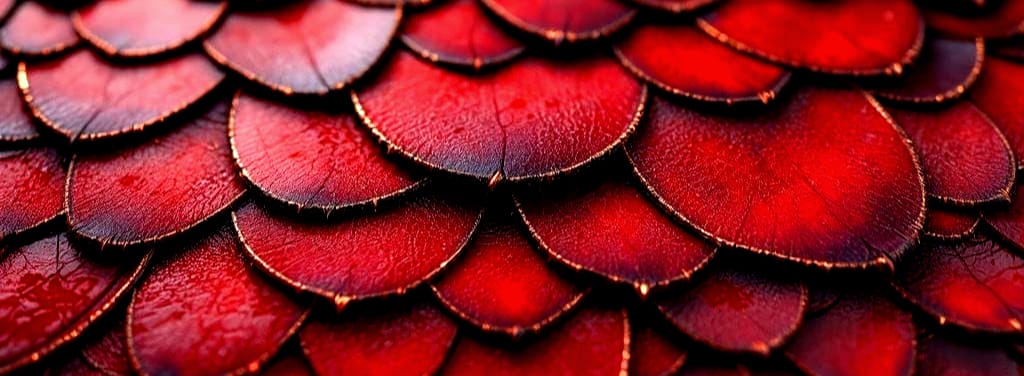
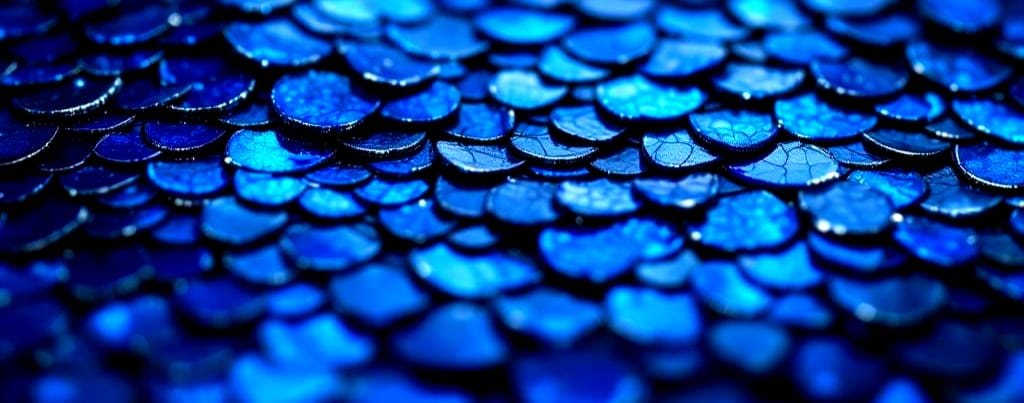



Comments